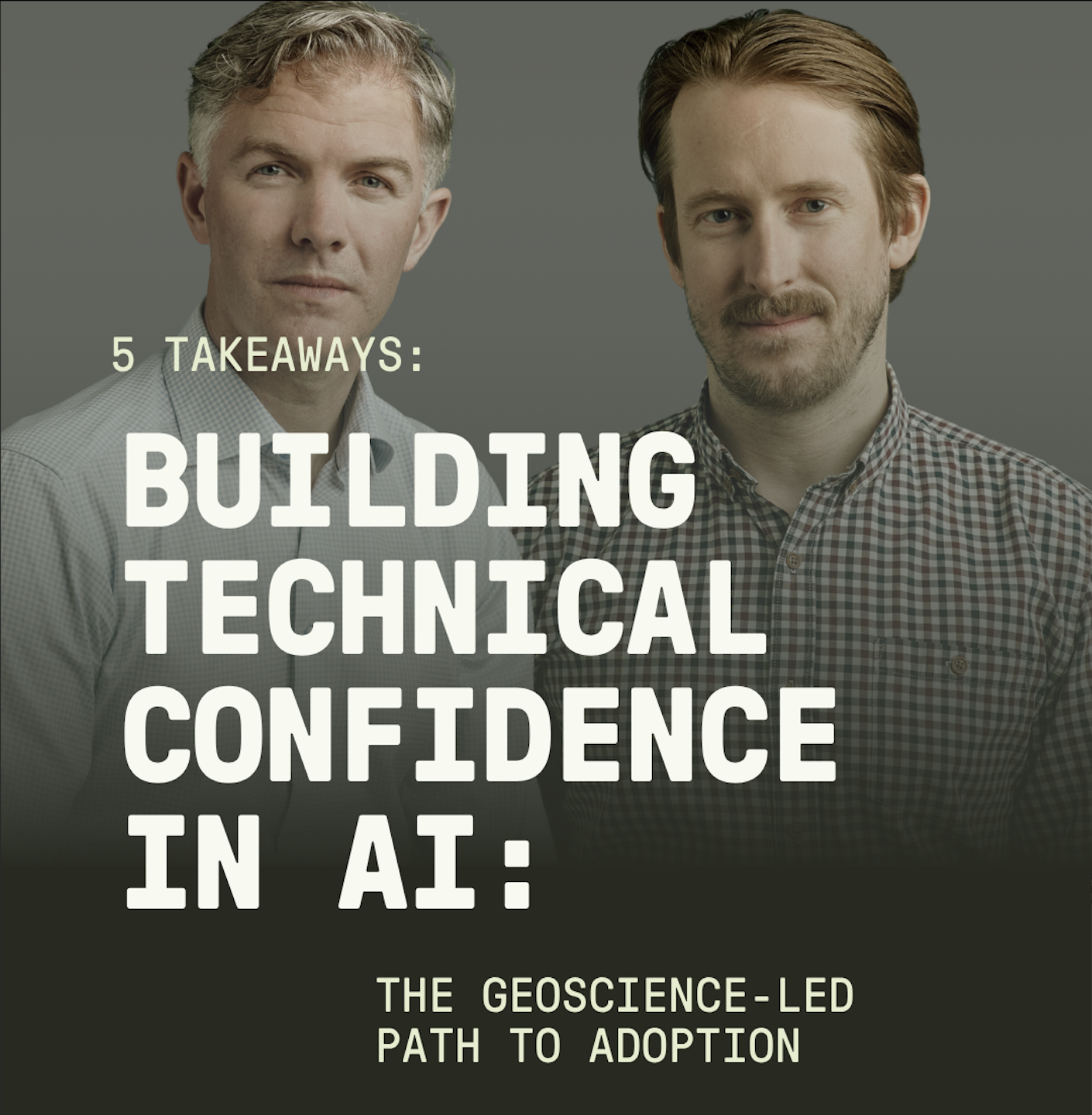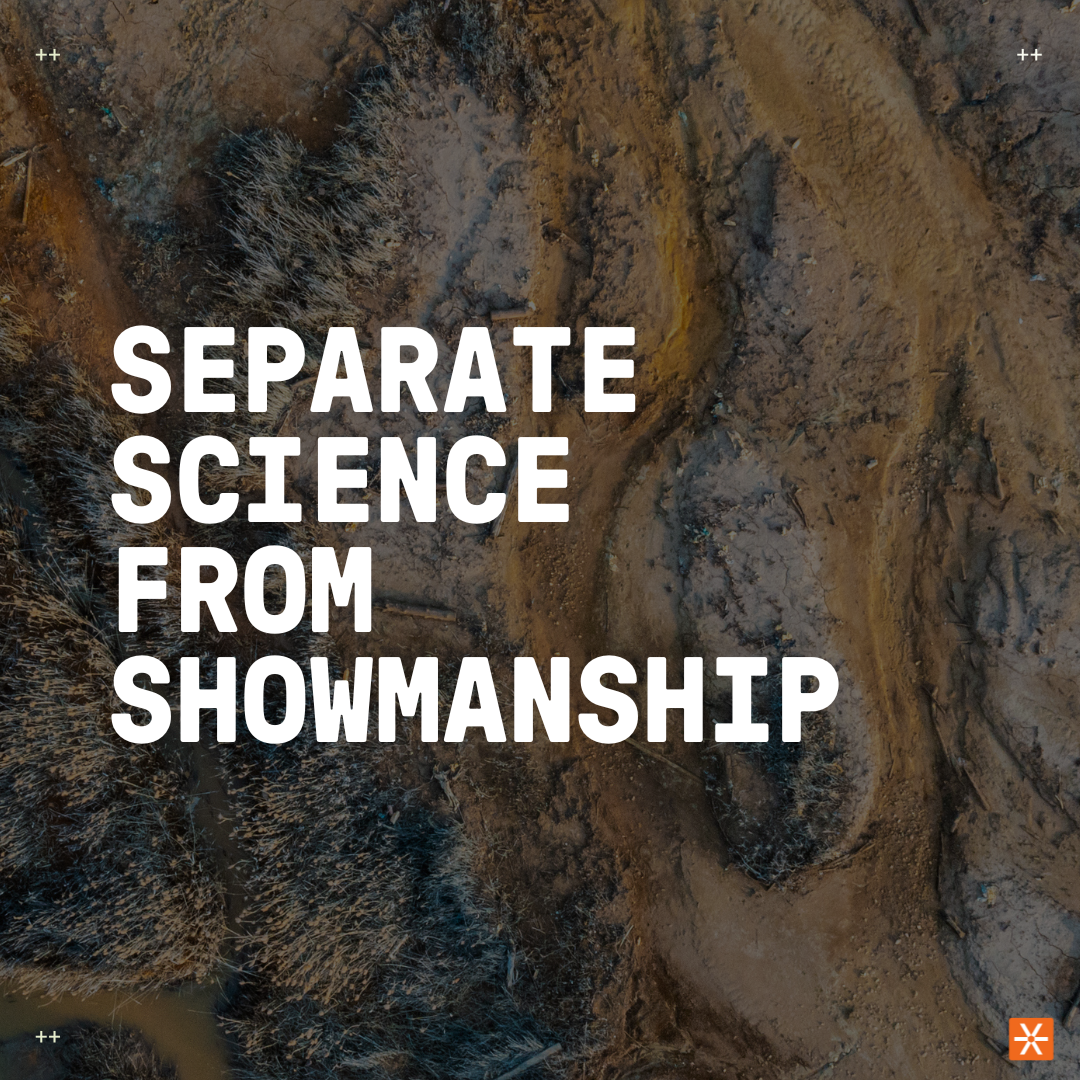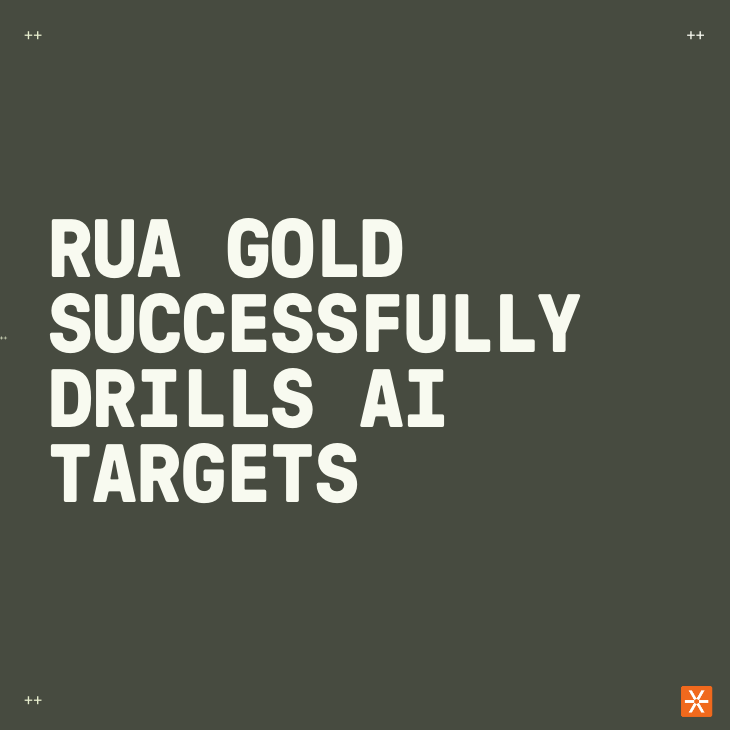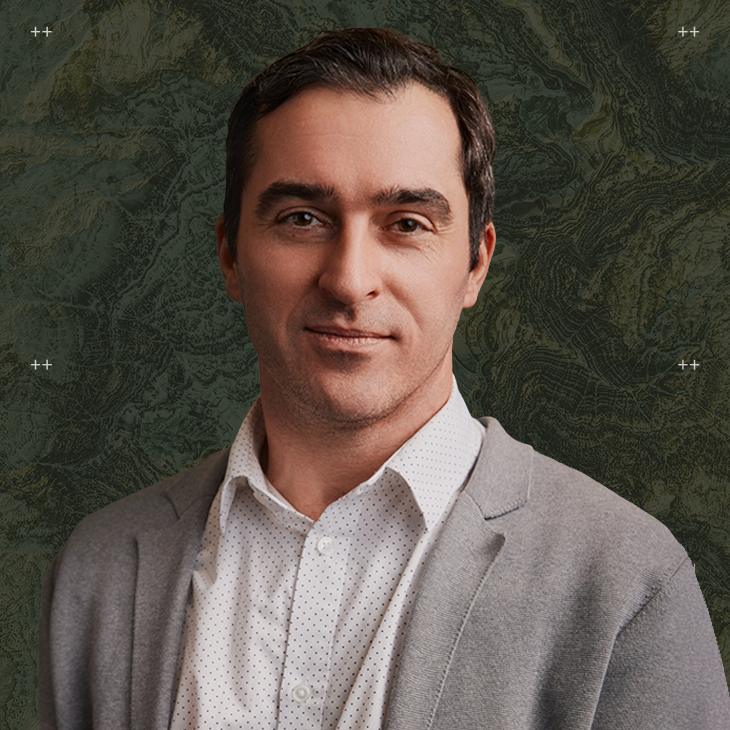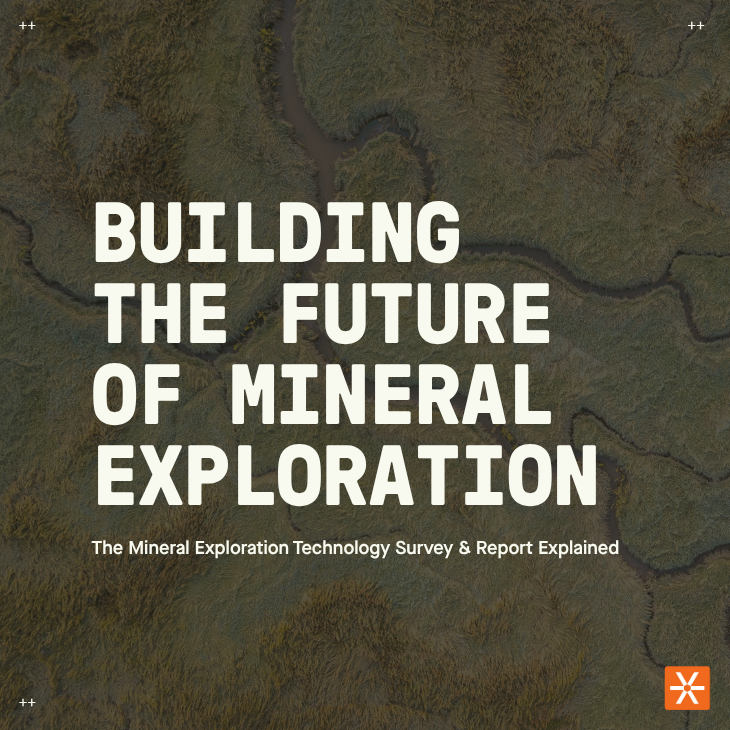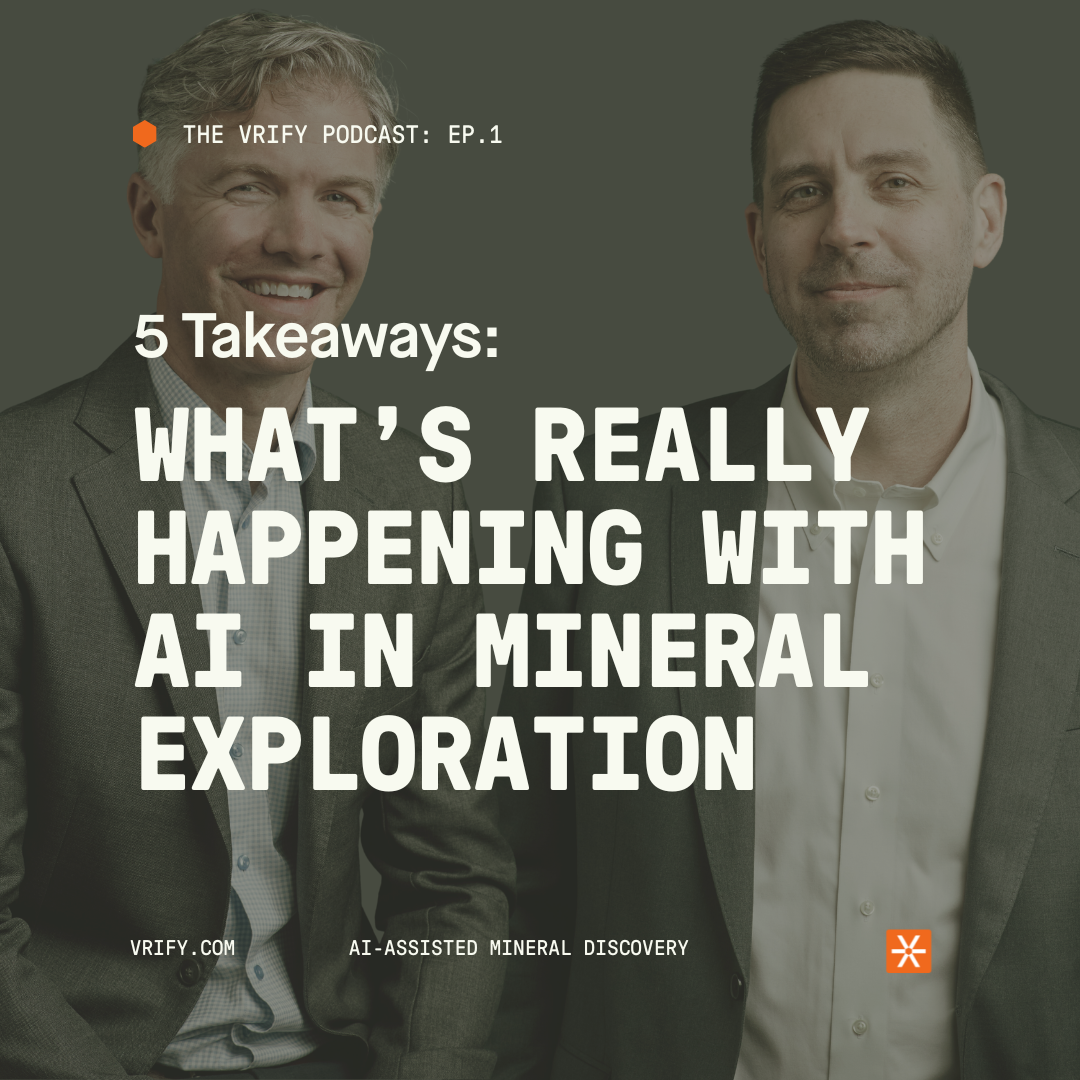The demand for critical minerals has never been higher. The Economist recently published an article outlining the skyrocketing demand for minerals like manganese, lithium, graphite, and nickel. Though we know these minerals power our everyday lives, the exact scope of the demand is hard to comprehend — only 20% of the critical minerals needed over the next decade have been accounted for using current exploration methods (Boston Consulting Group). This means 80% of the critical minerals we need are still in the ground, waiting to be found.
Though traditional exploration methods have and do work, they are often resource intensive and inefficient. Add to this geopolitical tension, historically fickle investment interest, and a dwindling talent pool, and it’s not surprising that mineral exploration companies are desperate for a solution to find critical minerals quickly.

The Role of Technology in Critical Mineral Exploration
Enter technology — specifically, advances in AI.
At the 2025 Prospectors and Developers Association of Canada Convention in Toronto, industry leaders from Calibre Mining, Medalist Capital, and ATEX Resources Inc. agreed: AI is no longer optional in mineral exploration.
“We sometimes forget how far we’ve come and how much it’s changed how we explore,” stated Ben Pullinger, President and CEO of ATEX Resources Inc. “It’s getting harder and harder to make discoveries, so we need to implement every tool we have access to, and right now we’re seeing the evolution — that AI is that next tool.”
AI and Human Expertise: A Powerful Combination
Though there can be skepticism when using AI, especially in a field with such deep industry expertise, we see the true advantage coming from implementing AI in collaboration with human intelligence. De Jong used ChatGPT as an analogy for our own AI-Assisted Mineral Discovery Platform, DORA, noting, “No one’s really happy with the first answer they get from ChatGPT. It’s an iterative process that requires you to review and modify the output. That’s why I’m a big believer that we need more geologists to validate and iterate on what any artificial intelligence platform outputs, especially in the mineral exploration space.” This is the exact reason why VRIFY is so passionate about building a tool for geoscientists, by geoscientists, and why we work so closely with our clients to collaborate with their exploration teams to yield the best possible results.
Addressing Cost Concerns in AI Adoption
Another hesitation when it comes to mining companies using AI is cost. With commodity prices falling and mining production costs rising (by nearly 30% since 2019), it’s not surprising many key industry players are being particularly mindful when it comes to adding a new line item to their budget. But the reality is exploration is already costly. AI doesn’t replace current methods, instead, it enhances efficiency, increasing the chances of discovery and reducing wasted resources and investment. “If you’re spending so much already and AI only costs a bit more, the question is ‘Why wouldn’t you?,” said Riley Keast, Partner at Medalist Capital, who has decades of experience in the junior mining investment space.
It’s becoming clear this is a view most investors hold, and one we echo. Using technology to evaluate value is key in mineral exploration — either you use it to identify new areas of high-potential mineralization leading to a discovery, or you are able to definitively evaluate your asset and allocate resources elsewhere. Regardless of the approach, due diligence is crucial in managing a claim. The last thing you'd want is to see a former asset become the site of a major discovery — especially by a competitor leveraging AI. Furthering this point, Keast noted, “every mineral exploration company needs to be using an AI tool like VRIFY’s DORA. Full stop. Period.”
{{book-demo-cta}}
AI — The Future of Mineral Exploration
The future of mineral exploration is clear — technology will drive the industry forward. AI and machine learning are no longer just supplementary tools, they’re essential for companies looking to stay competitive, evaluate their current properties and projects, and ultimately help meet the rising global demand for minerals.
While industry leaders like BHP and Rio Tinto are already testing how AI can improve extraction methods, the real game changer lies in the early stages of discovery. That’s where VRIFY comes in. By leveraging the power of AI and geoscience expertise, we are making mineral exploration more accessible, precise, and faster than ever before.
As the world moves towards greater electrification and resource independence, the need for innovative solutions has never been more urgent. With DORA, our AI-Assisted Mineral Discovery Platform, mining companies can unlock new opportunities and reduce exploration risks, helping to secure the critical minerals that will power the future.
<hr />
To learn more about how AI is supporting critical mineral discovery, book a demo to see how DORA, our AI-Assisted Mineral Discovery Platform, can help make game-changing discoveries.

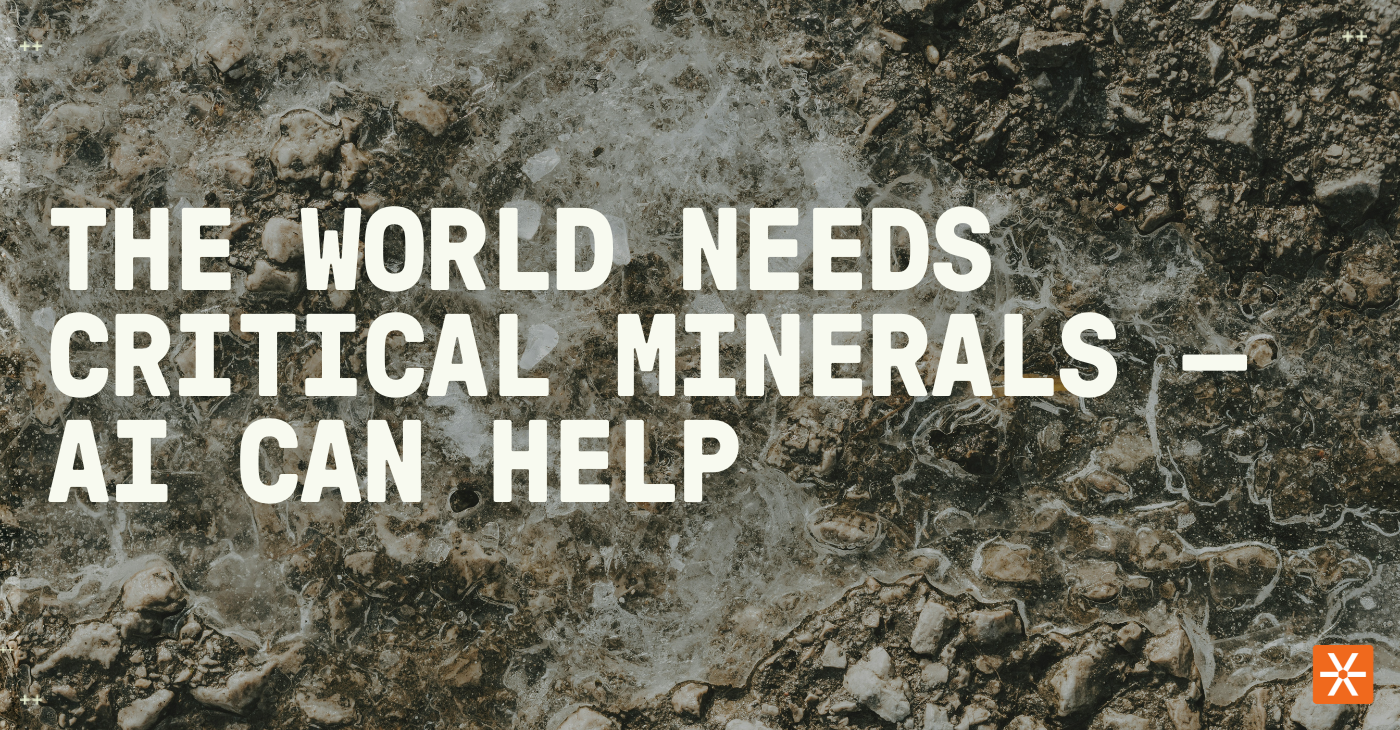
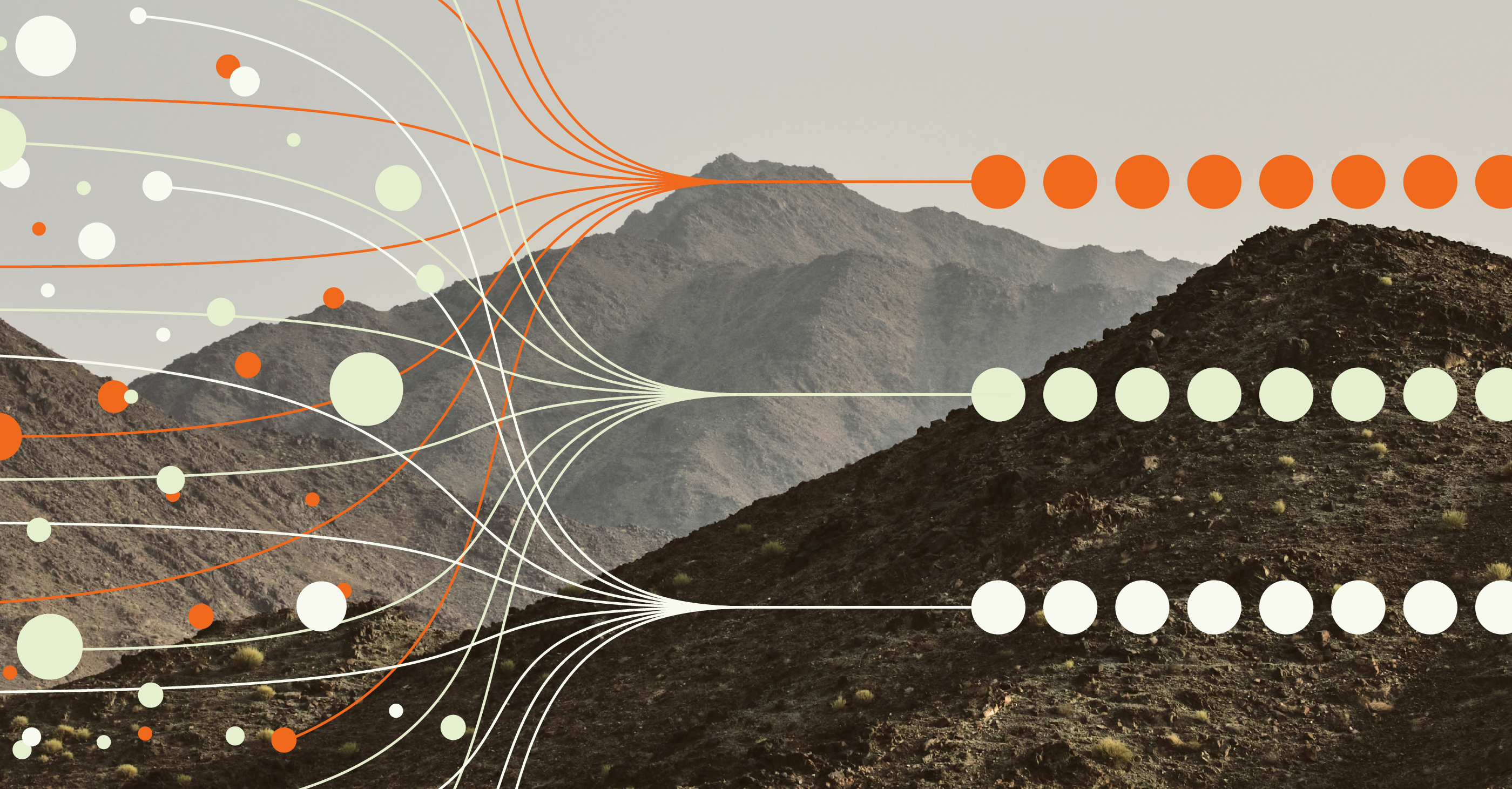
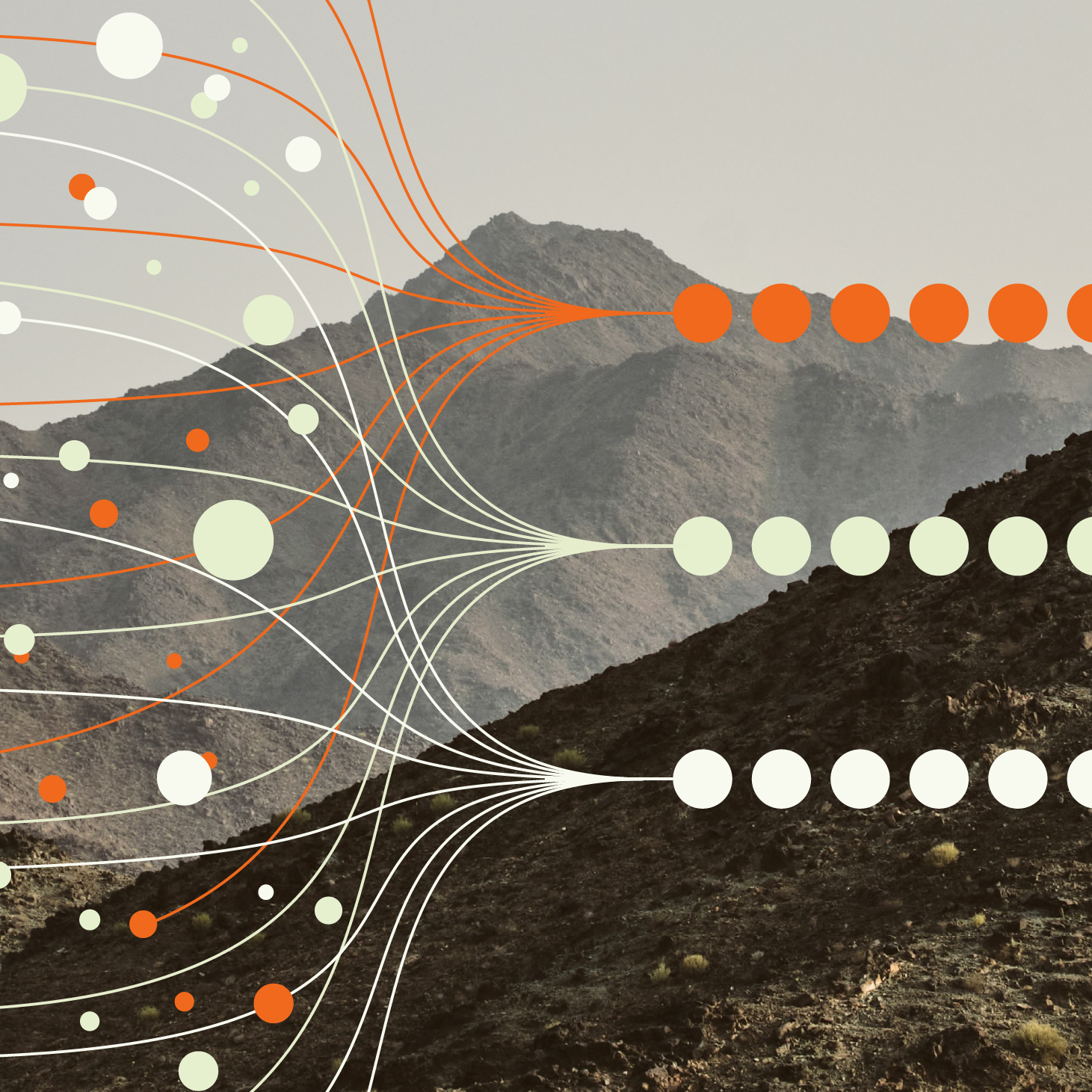
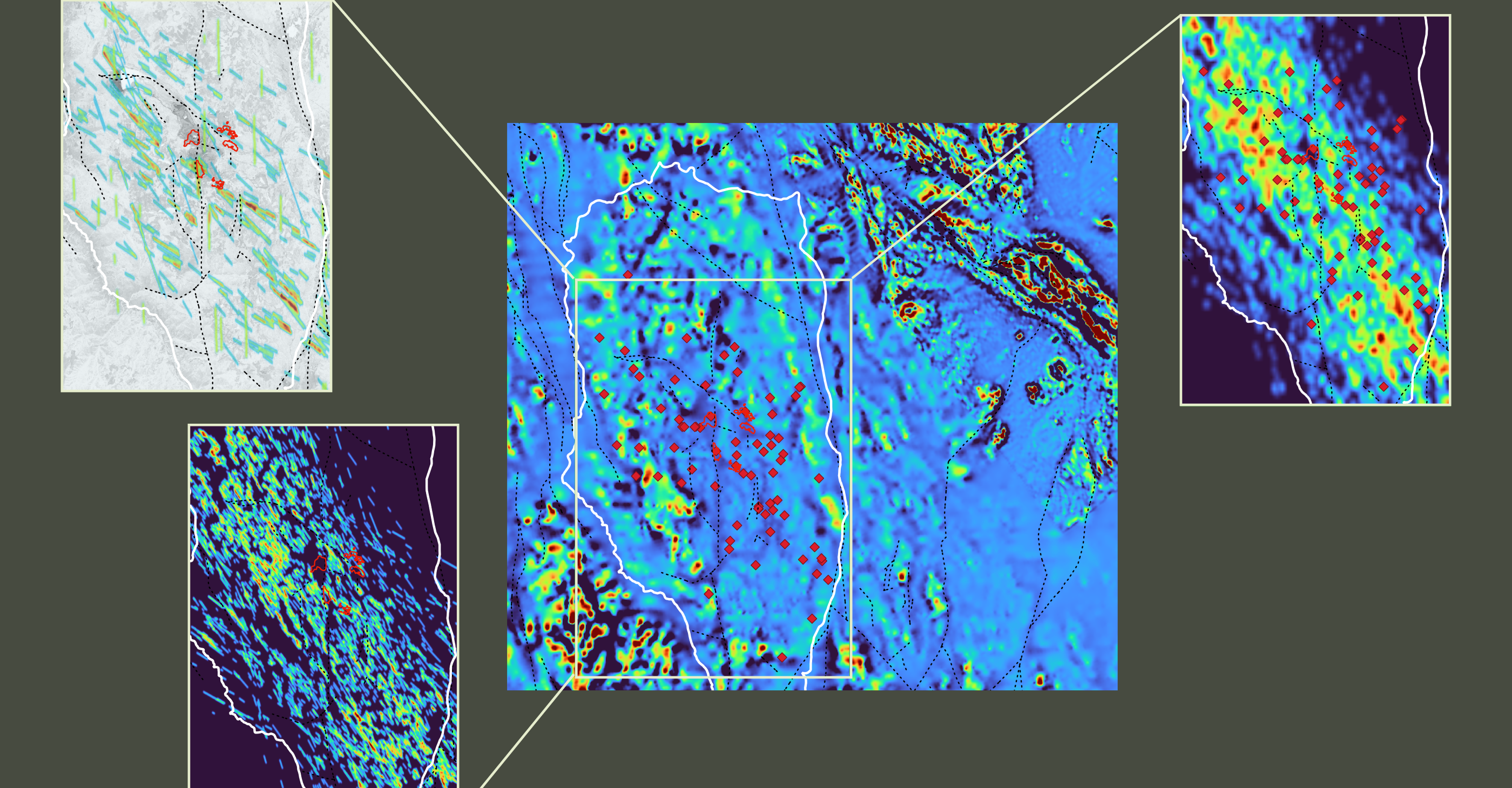
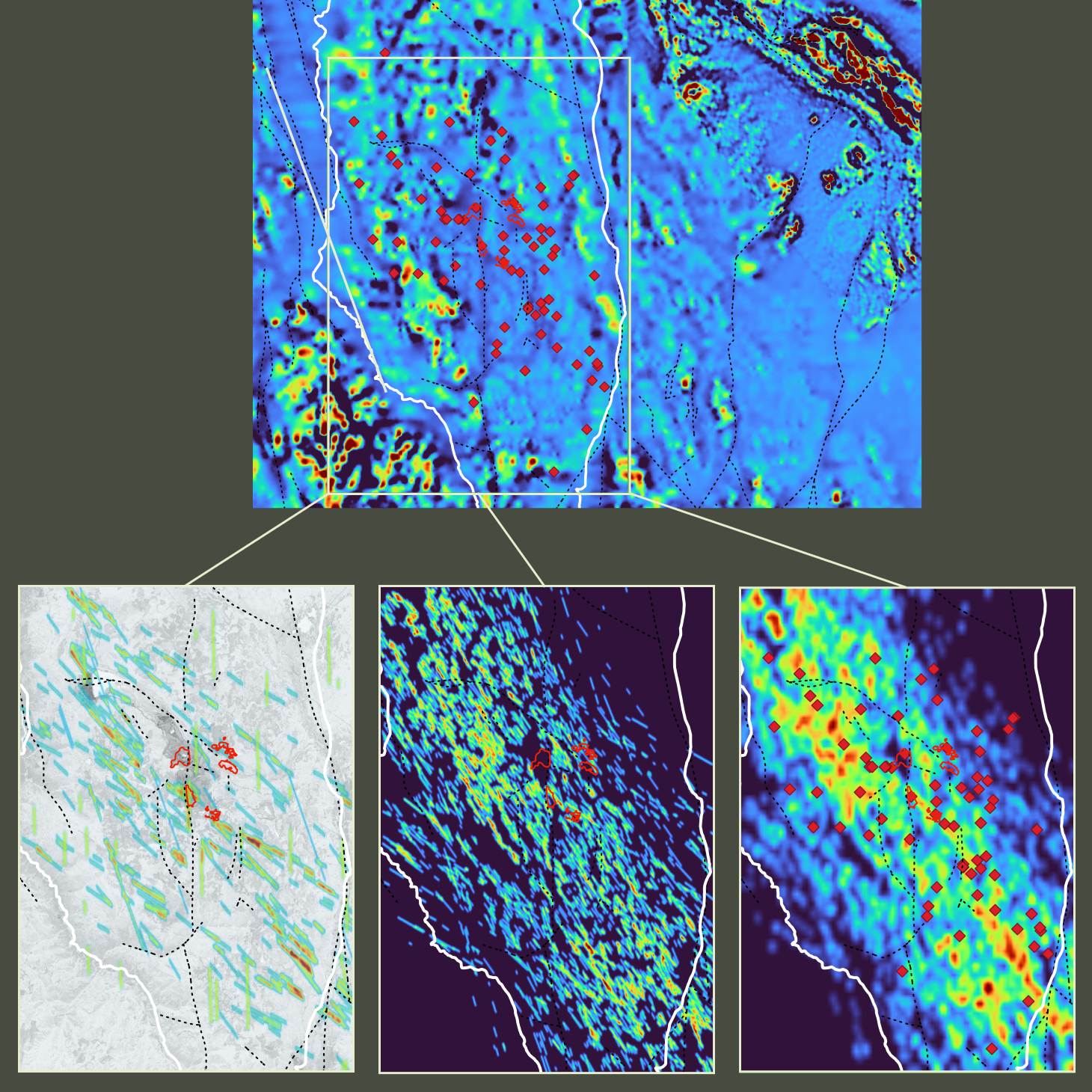



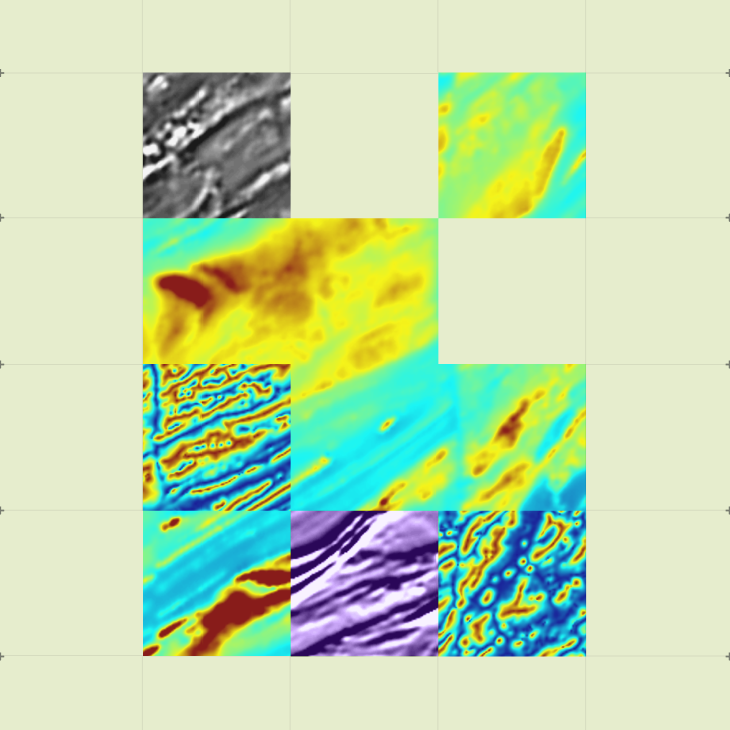
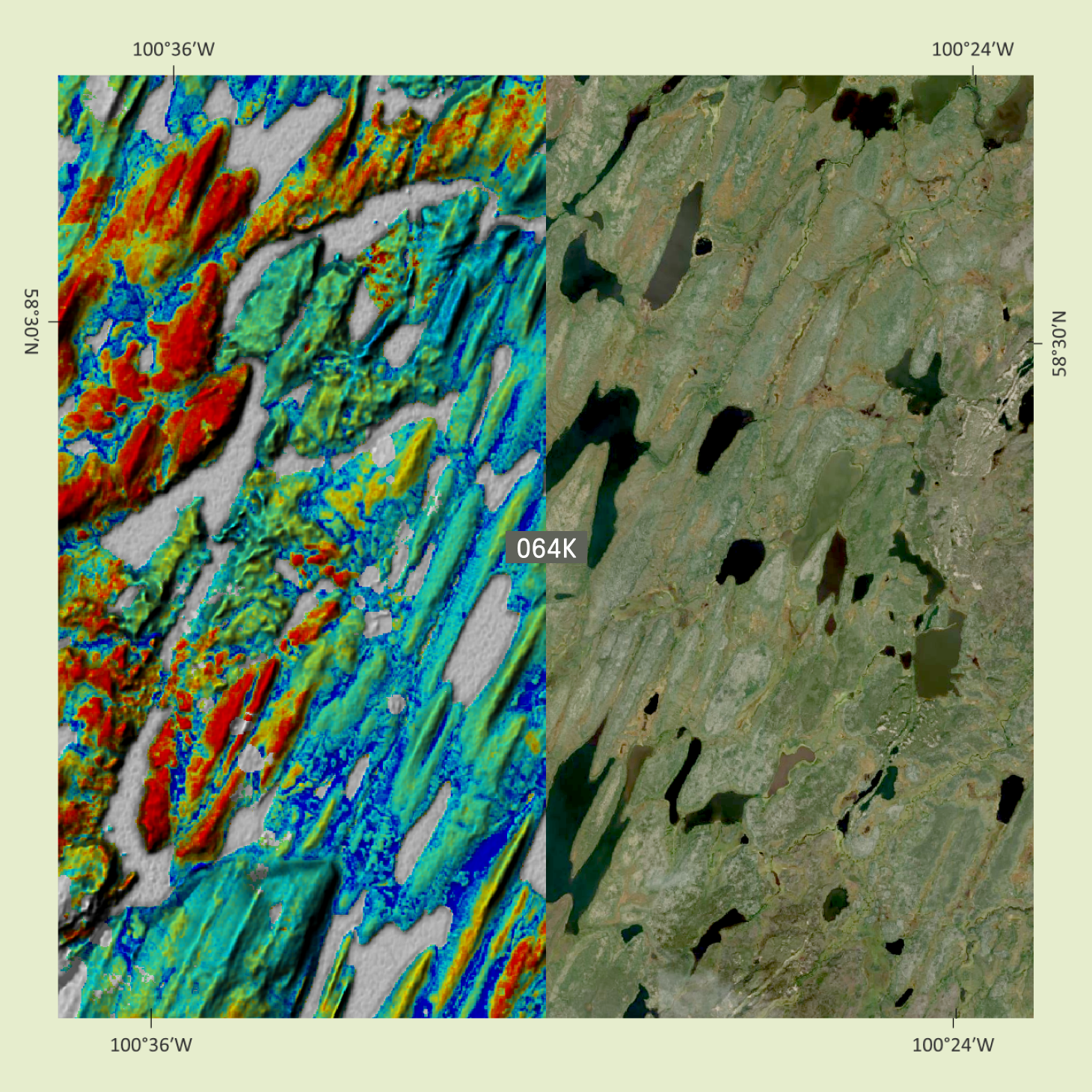
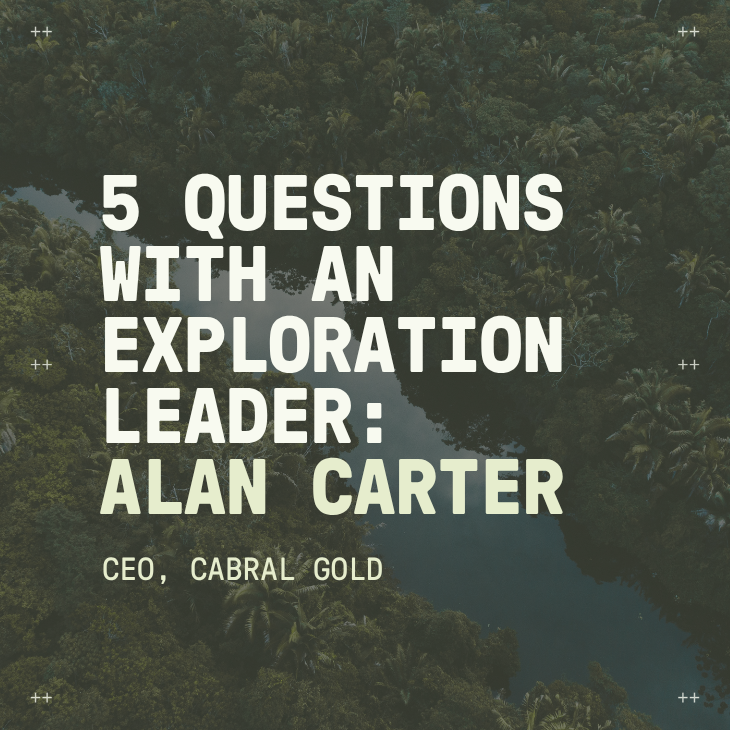
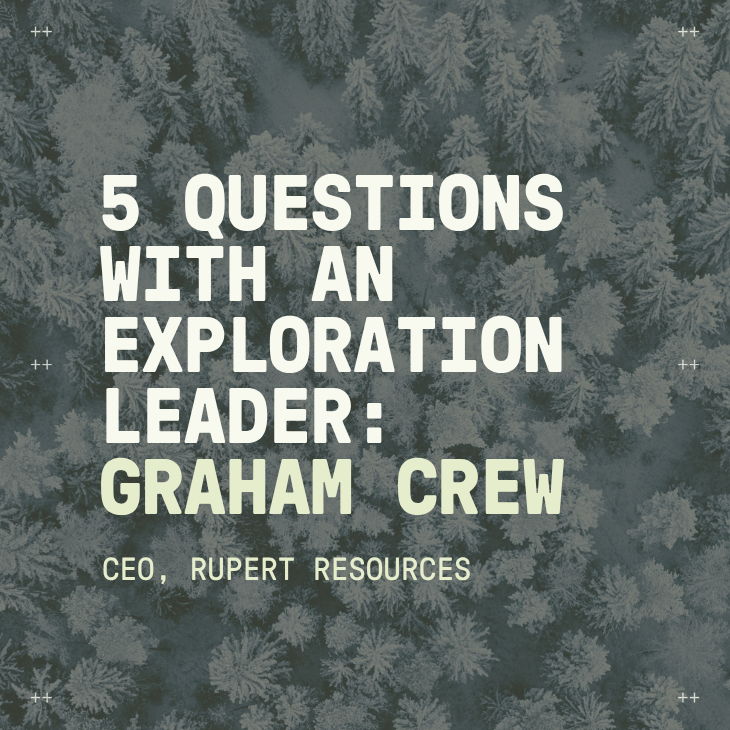
.png)
